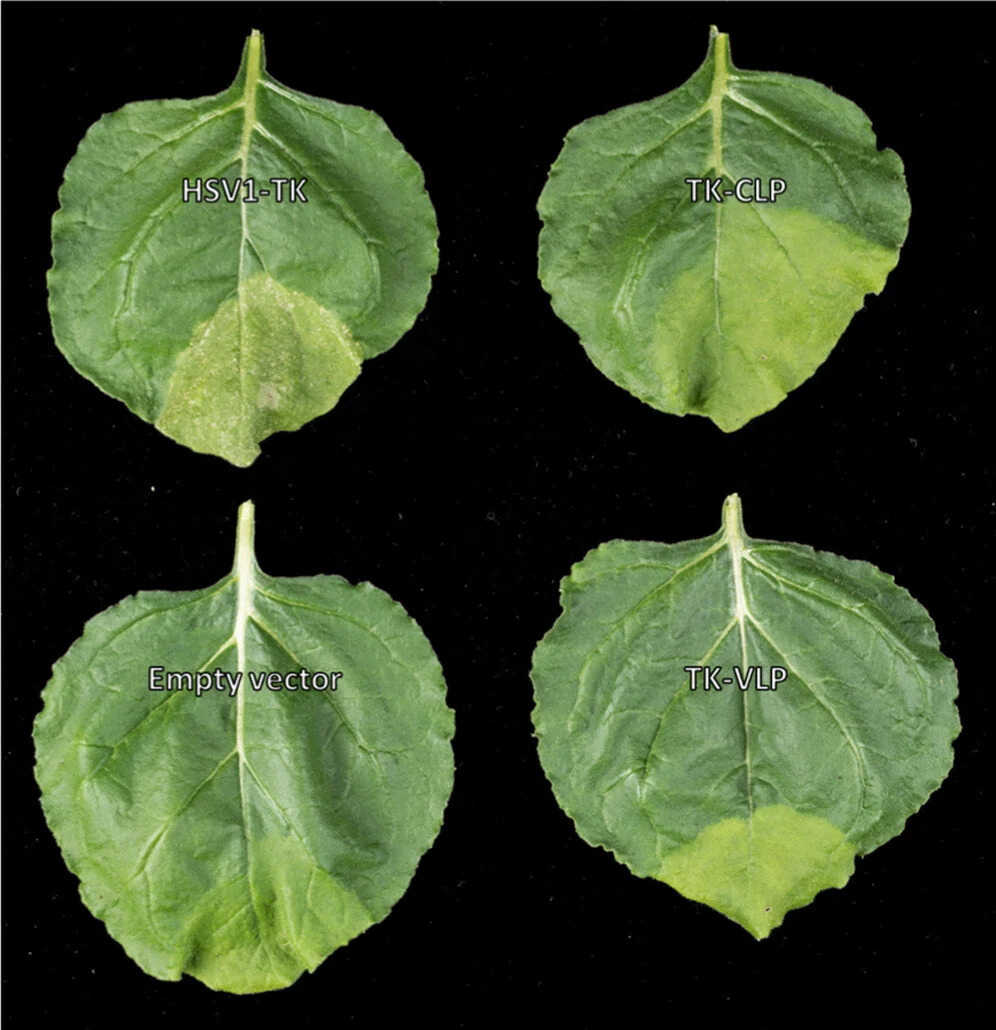OpenPlant PI George Lomonossoff (John Innes Centre) and his team recently published collaborative work with colleagues from the Eindhoven University of Technology and the University of California, San Diego describing how plants can be used to produce virus-like particles for the delivery of a chemotherapy-enhancing enzyme.
Bluetongue Virus Particles as Nanoreactors for Enzyme Delivery and Cancer Therapy.
Eva C. Thuenemann, Duc H. T. Le, George P. Lomonossoff, and Nicole F. Steinmetz
Mol. Pharmaceutics (2021) 18, 3, 1150–1156
https://doi.org/10.1021/acs.molpharmaceut.0c01053
ABSTRACT
The side effects of chemotherapy can be reduced by targeting tumor cells with an enzyme (or the corresponding gene) that converts a nontoxic prodrug into a toxic drug inside the tumor cells, also killing the surrounding tumor cells via the bystander effect. Viruses are the most efficient gene delivery vehicles because they have evolved to transfer their own nucleic acids into cells, but their efficiency must be balanced against the risks of infection, the immunogenicity of nucleic acids, and the potential for genomic integration. We therefore tested the effectiveness of genome-free virus-like particles (VLPs) for the delivery of Herpes simplex virus 1 thymidine kinase (HSV1-TK), the most common enzyme used in prodrug conversion therapy. HSV1-TK is typically delivered as a gene, but in the context of VLPs, it must be delivered as a protein. We constructed VLPs and smaller core-like particles (CLPs) based on Bluetongue virus, with HSV1-TK fused to the inner capsid protein VP3. TK-CLPs and TK-VLPs could be produced in large quantities in plants. The TK-VLPs killed human glioblastoma cells efficiently in the presence of ganciclovir, with an IC50 value of 14.8 μM. Conversely, CLPs were ineffective because they remained trapped in the endosomal compartment, in common with many synthetic nanoparticles. VLPs are advantageous because they can escape from endosomes and therefore allow HSV1-TK to access the cytosolic adenosine triphosphate (ATP) required for the phosphorylation of ganciclovir. The VLP delivery strategy of TK protein therefore offers a promising new modality for the treatment of cancer with systemic prodrugs such as ganciclovir.

